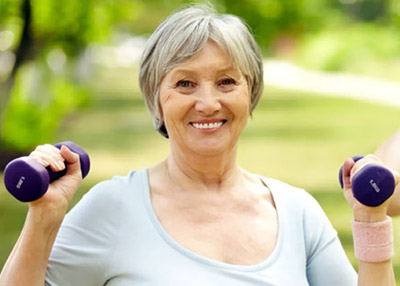
Elderly Healthcare
Population aging is one among the most discussed worldwide phenomena in the current century. Countries with a hefty population have a huge number of people currently aged more than 60 years. The population in excess of the age of 60 years has increased to three times during the last 50 years and will persistently enhance in the near future.
The aged process is considered a product of demographic change or demographic success with a drop in both birth and death rates and subsequent increase in life expectation at birth and older ages. The life expectancy at birth during the period 2006-2011 was 65.65 in case of males and 67.22 in case of females, whereas the estimated life expectancy of males at birth during the period 2011-2016 will be 67.04 years and 68.8 years in case of female life expectancy.
Regardless of socio-economic condition, the non-communicable infections, requiring huge quantum of social care and healthcare are more common during the old age. Disabilities due to these non-communicable infections are very common that influences the activities of everyday living. The administration of these chronic infections is extremely costly, as well, particularly for joint replacements, cancer treatment, neurosurgical procedures, heart surgery, etc., thus making it from the pocket of elderly people.
A recent survey on older people reports that the occurrence and prevalence of ailments as well as healthcare rates are much higher in elder individuals than the total populace. The survey also reveals that about 8% of older people were limited to their bed or home. It is likely that many older individuals take ill health during their stride as a measurement of usual or normal aging. This remark has a lot of implication, as self-professed health status is a vital indicator of healthcare service utilization and fulfillment to treatment interventions.
However, extremely little effort has been taken to develop a model of social care and healthcare in tune with the changing necessity and time. The urbanized world has evolved several models for elderly healthcare, such as health insurance, nursing home care, etc. When no such model for elderly exists in a country, it may be a chance for modernism in the health structure development, though it is a main challenge. The needs for healthcare of the elderly are different in each country, as well. Some countries still have family as the principal caregiver to the elderly and the possibility for training this provides a lot of support to the program. Currently, in some countries, the elderly are offered healthcare by the common healthcare delivery structure.
As the aged population is possible to increase at some point, and there is a definite change in the illness pattern, that is, from infectious to non-infectious, it is high time that the healthcare scheme gears itself to the increasing health requirements of the elderly in a most favorable and inclusive manner. There is a specific necessity to highlight the fact that illness and disability are not an element of old age and necessary support should be sought to deal with the health issues. The idea of Active and Healthy aging has to be promoted among the aged that includes precautionary, primitive, remedial and rehabilitative factors of health.
A healthcare program is a good and new plan to look after a rapid ageing population. It needs more concentration in the execution and organization, in order that the program would not only be on document like several other programs of the nation.
